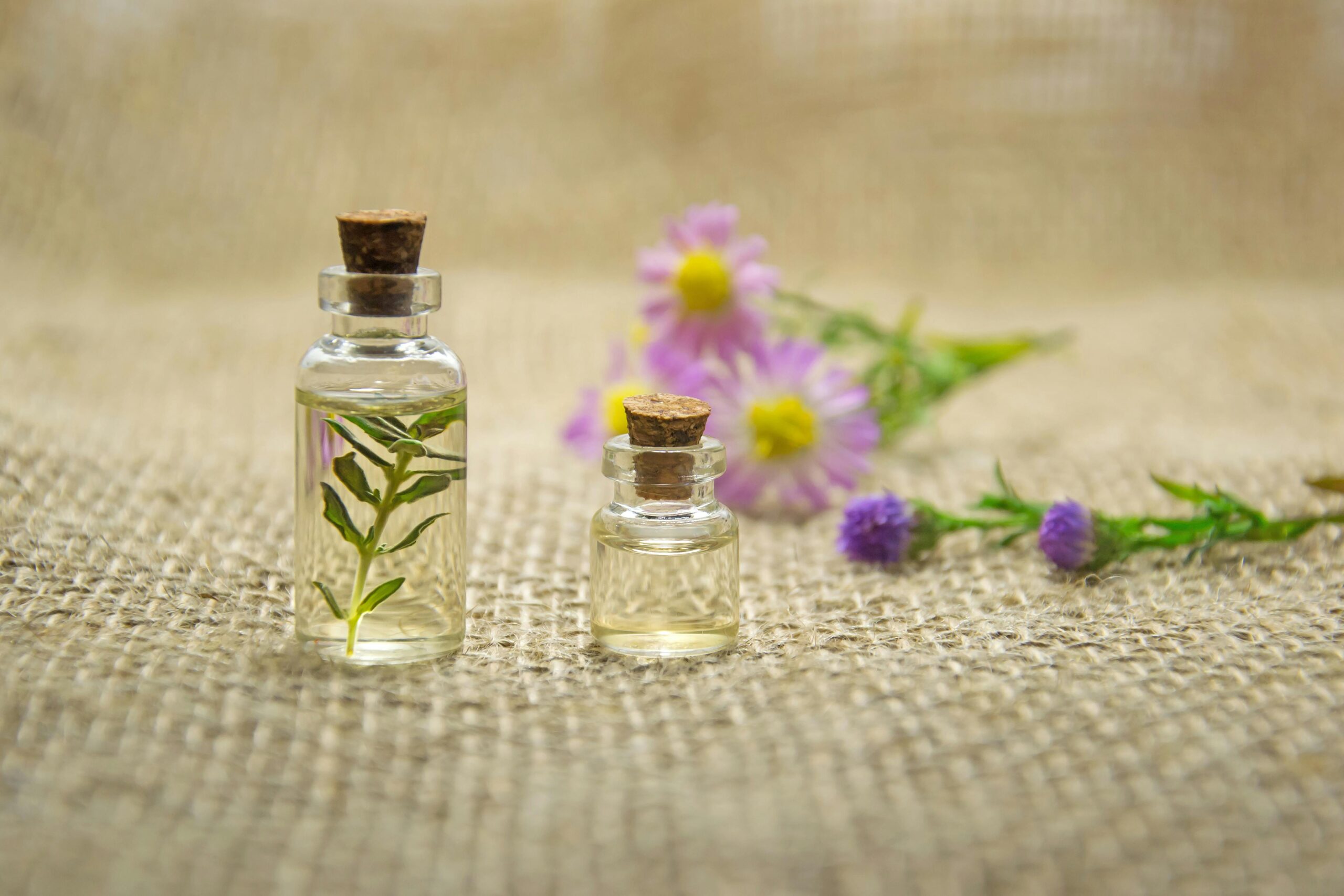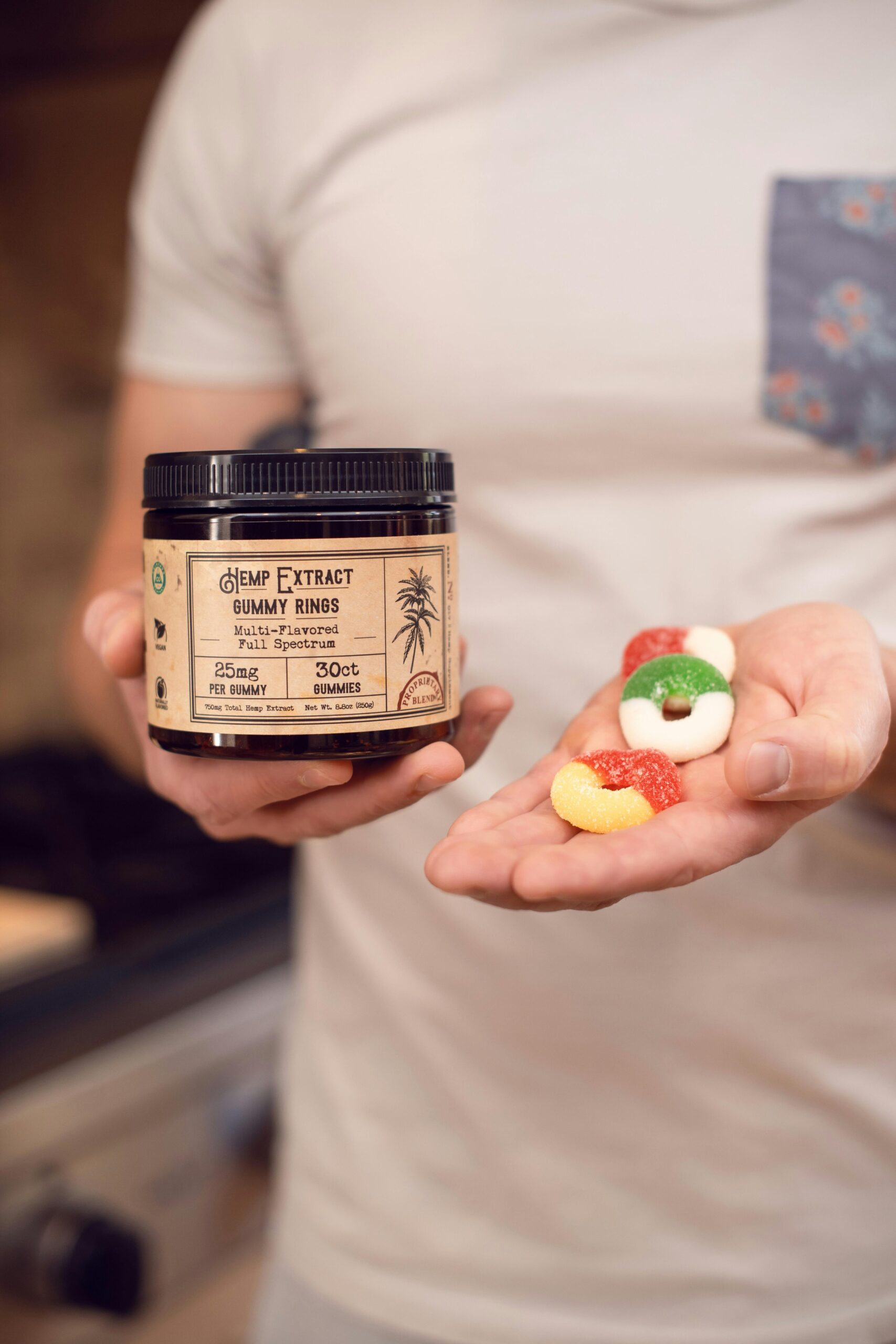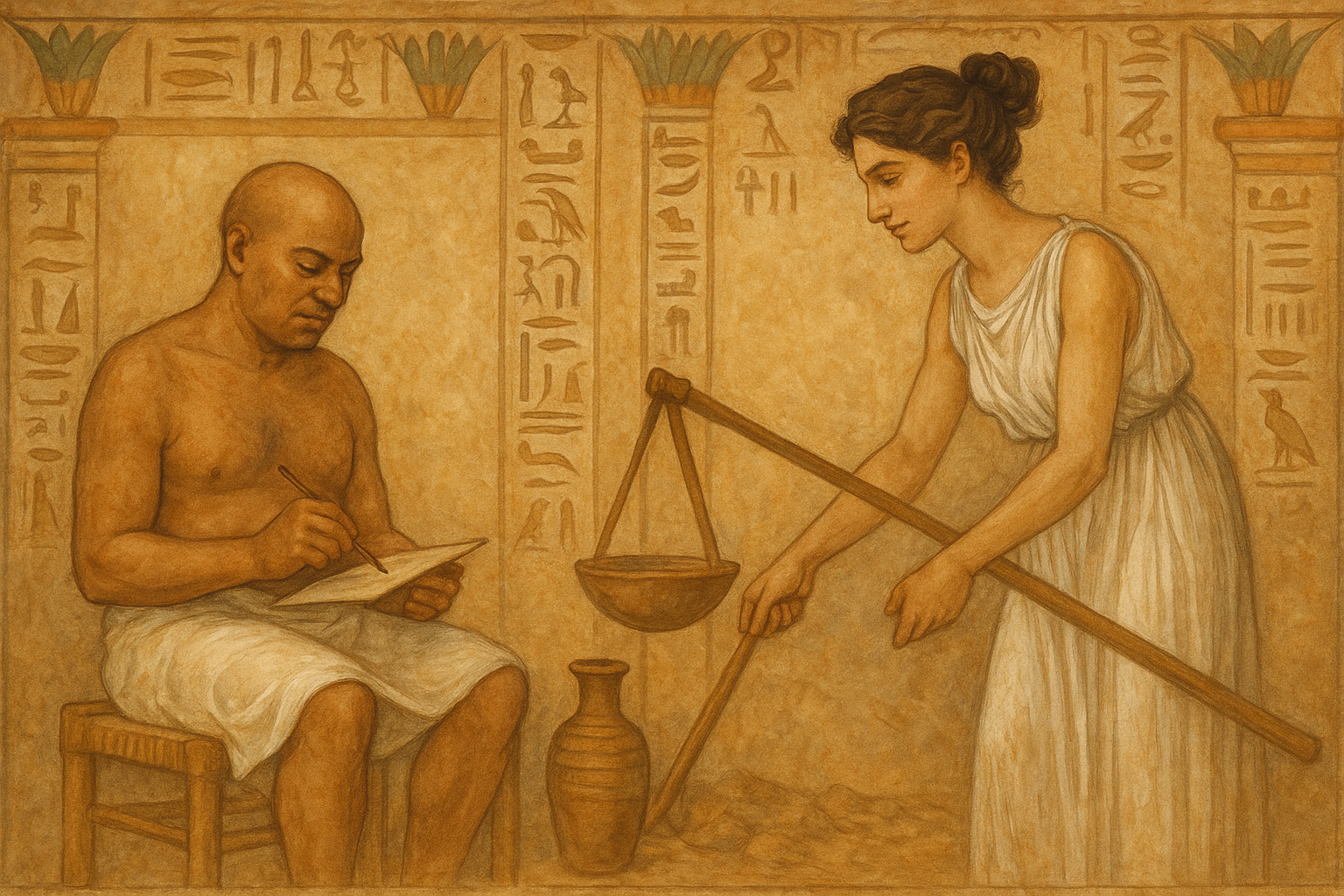Essential oils are potent extracts derived from plants, capturing their aroma and unique properties. They have been around for centuries, playing a crucial role in traditional healing practices across the globe. Ancient civilizations like the Egyptians and Greeks were early adopters, using these oils for everything from religious ceremonies to medicinal purposes.
Aromatherapy, the therapeutic application of essential oils, centers on the idea that these oils can influence well-being. It involves inhalation or topical application, aiming to promote physical and psychological health. The core principle of aromatherapy is that our bodies respond to the aromatic compounds present in oils, potentially boosting mood, relieving stress, and even alleviating certain symptoms.
Extracting essential oils is an art, with methods like steam distillation and cold pressing being common. The purity of an oil can vary greatly, depending on how it’s processed and the quality of the source plant. This makes choosing the right essential oil critical, as inferior quality oils may not offer the same benefits or be harmful.
Understanding Aromatherapy Essential Oils
Aromatherapy essential oils are natural extracts that capture the essence of a plant’s fragrance and healing properties. They’re a little different from the regular oils you might come across, mainly because they’re specifically selected and blended for their therapeutic qualities.
These oils come from the various parts of plants such as flowers, leaves, bark, or roots. Each essential oil has a unique cocktail of molecules with distinctive scents and health benefits. This makes them perfect for not just aromatic pleasure but also therapeutic use.
While basic essential oils might be intended solely for their aromatic appeal, those used in aromatherapy are chosen for their specific impacts on mental and physical well-being. When using them, it’s essential to consider both their pleasant scents and their ability to heal or soothe.
Choosing the right aromatherapy essential oil requires an understanding of its origins and properties. It’s important to explore what you’re hoping to achieve – whether it’s relaxation, energy, or stress relief. This will guide you in selecting oils that best suit your needs and can offer the benefits you’re looking for.
The Versatile Uses of Essential Oils
Essential oils are like the Swiss Army knives of the natural world. They’re found in a variety of products and applications, proving to be incredibly versatile and useful in everyday life. Whether you want to freshen up a room, enhance your skin care routine, or find some calm in a busy day, these oils have you covered.
A popular use of essential oils is in personal beauty and skin care. From facial serums to body lotions, their natural properties can be mixed into products to promote healthy, glowing skin. Tea tree oil, for instance, is often lauded for its ability to help with acne and other skin irritations.
On top of beauty routines, essential oils are all-stars in home cleaning. With their antiviral and antibacterial properties, oils like lemon or eucalyptus can be used to create DIY cleaning sprays that are kind to both your home and the environment.
Of course, their therapeutic and medicinal applications can’t be overlooked. Oils such as lavender and peppermint are commonly used for their calming and soothing effects, whether through diffusion in the air or topical application for headaches and stress relief.
Remember, it’s important to use essential oils safely. Always dilute them properly, especially when applying directly to the skin, and be aware of any potential allergies or sensitivities you might have. Used correctly, essential oils can significantly enhance your day-to-day life.
Benefits of Essential and Aromatherapy Oils
Essential oils bring a range of health benefits, making them valuable tools for wellness. Their natural compounds hold the potential to improve both mental and physical health, which is why they’re often a go-to in holistic approaches to well-being.
A primary benefit of these oils is their ability to uplift mood and reduce stress. Scents like lavender or bergamot have calming properties that can ease tension and promote relaxation. They work by influencing the brain’s emotional center, which makes them effective in managing mood swings and anxiety.
Beyond mental health, these oils can aid in physical healing. For instance, eucalyptus oil’s anti-inflammatory and antimicrobial properties make it a popular choice for respiratory issues, helping to clear nasal passages and relieve coughs.
Aromatherapy essential oils take these benefits a step further by providing targeted therapeutic effects based on their specific properties. For example, rosemary oil is often used to enhance concentration and mental clarity, proving beneficial for those needing a mental boost during study or work.
It’s important to note that outcomes can vary based on the oil’s quality and how it’s used. Consistency and correct application are key to fully experiencing these benefits. Paying attention to how your body responds can help you tailor your use of essential oils to align with your personal wellness goals.
Navigating The 30/50/20 Rule
The 30/50/20 rule is a guideline aimed at ensuring safe and effective use of essential oils, especially when blending them for personal use. It’s all about balance and making sure you get the most benefit without overexposure.
The rule suggests that no more than 30% of a blend should be top note oils, which are the ones you smell first. These include oils like lemon and peppermint. They evaporate quickly, offering an initial impact but fading fast.
Next, 50% of your blend should ideally be middle note oils such as lavender or chamomile. These possess a well-rounded aroma and tend to linger longer, providing the main body of the scent.
Finally, the remaining 20% should be base note oils, like sandalwood or patchouli. These oils are what anchor the blend, offering depth and longevity. They take the longest to evaporate and ensure the scent lasts.
What Are Experts Saying About Essential Oils
Health experts often emphasize this rule for beginners as a simple way to avoid common pitfalls in blending. It helps prevent overuse of harsh or irritating oils, which can happen if one isn’t careful.
Advice from health professionals is invaluable when using essential oils. They often caution about the necessity of proper dilution and patch testing to avoid allergic reactions. Additionally, they advise that while essential oils can be supportive of health, they should never replace professional medical advice or treatment.
For anyone interested in essential oils, understanding the 30/50/20 rule alongside input from health experts can make a world of difference. It ensures the oils can be enjoyed safely and effectively, avoiding any unwanted side effects.
Top 5 Aromatherapy Essential Oils to Try
Finding the right essential oils for your needs can be overwhelming with so many options available. Some have stood the test of time as favorites in aromatherapy due to their effectiveness and versatility.
- Lavender oil: This is a classic choice renowned for its relaxing properties. It’s a top pick for reducing stress and improving sleep, making it a staple in many homes. Applying it on pulse points or using it in a diffuser can ease anxiety and promote relaxation.
- Peppermint oil: is another must-try, offering a refreshing, invigorating scent. It’s often used to help with headaches and enhance focus. Its menthol component makes it a popular choice for respiratory relief, too.
- Eucalyptus oil: is great for those needing respiratory support or seeking a natural way to purify the air. It’s often included in products aimed at soothing cold symptoms, and its antimicrobial properties are a bonus for cleaning purposes.
- Tea tree oil: This cuts across categories with its extensive uses, from skincare to household cleaning. Known for its antibacterial properties, it’s effective in treating acne and minor cuts, making it invaluable in your home kit.
- Lemon oil: Lemon oil brings a boost of energy and cleanliness. Its fresh scent is uplifting, often used to enhance mood and cleanse spaces. Many use it in natural cleaning blends or to scent homemade personal care items.
Remember, the key to making the most of these oils is understanding their unique benefits and how they align with your personal needs. Proper use and blending can amplify their effects while ensuring you enjoy their full range of benefits.

What You Should Know: Mixing and Misuse
Mixing essential oils requires a bit of care and knowledge, especially since not all oils play well together. Some combinations could reduce effectiveness or even irritate. For instance, clove oil and peppermint oil can be overly stimulating when combined, and caution is necessary in both selection and ratio.
Photosensitive oils like lemon and bergamot should be handled with care, particularly when exposed to sunlight. These can cause skin discoloration or burns if applied and then exposed to direct sunlight.
Essential oils like cinnamon or oregano can be too harsh unless properly diluted. They have strong, potent properties that, if mismanaged, can lead to skin irritation or allergic reactions.
Recognizing the signs of allergies or negative reactions is crucial when using new essential oils. Symptoms such as redness, itching, or swelling should prompt immediate cessation and consultation with a health professional.
Storage and handling play crucial roles in maintaining the oils’ effectiveness and safety. Keeping them in a cool, dark place can preserve their stability and prevent oxidation, which may weaken their properties over time.
Expert advice and guidelines are invaluable in this regard. Regular consultations with aromatherapists or joining communities focused on essential oil safety can provide support and tips. This ensures that your experience with essential oils remains positive and enriching.












This blog post offers a comprehensive and insightful overview of essential oils and their myriad benefits.
I appreciate how it delves into both the historical context and modern applications, highlighting the versatility of these natural extracts in areas ranging from skincare to home cleaning. The emphasis on safety—such as proper dilution and awareness of potential allergies—is particularly commendable, ensuring readers are well-informed about responsible usage.
Additionally, the explanation of the 30/50/20 blending rule provides valuable guidance for those new to creating their own essential oil blends. Overall, this piece serves as an excellent resource for anyone interested in integrating essential oils into their wellness routine
Thank you for such a good educational article. Stay blessed
I’ve been exploring essential oils for a while, especially lavender and eucalyptus, which I find incredibly helpful for relaxation and breathing support. It’s fascinating how different oils serve different purposes, some for stress relief, others for inflammation or immunity. One thing I’ve often wondered is how the method of extraction or origin of the plant affects the oil’s potency. Also, are there any lesser-known essential oils that provide surprising benefits not typically discussed?
Hello Slavisa
1 Clove Oil
2 Oregano Oil
There are a lot of them to try out, but I recommend you check if you are allergic to their ingredient.
Really enjoyed this overview—essential oils have become a big part of my wellness routine, and it’s great to see the benefits broken down so clearly. I especially appreciate how you highlighted both emotional and physical applications, since they’re often used in such a wide variety of ways.
In my own experience, lavender and eucalyptus have been my go-tos—lavender for winding down in the evening, and eucalyptus for helping with congestion or when I need a mental refresh. I’ve noticed that even diffusing certain oils can shift the whole energy of a space.
One question I had: are there specific oils you recommend avoiding for people with sensitive skin or allergies? And do you think the therapeutic effects are stronger when used aromatically or topically?
In my opinion, essential oils offer a natural, accessible way to support overall well-being—but education and quality sourcing are key. Thanks for creating such a helpful guide!
Hello Tommy
Yes, some essential oils are more likely to cause skin irritation or allergic reactions, especially for people with sensitive skin or existing allergies.
1. Cinnamon Bark or Leaf Oil
Highly irritating and sensitizing.
Often causes redness, burning, or rashes, even when diluted.
2. Clove Oil
Contains eugenol, which is a known skin irritant and allergen.
3. Oregano Oil
Very potent and often too harsh for topical use.
Can burn or irritate the skin, even at low concentrations.
4. Lemongrass Oil
Contains citral, a known skin sensitizer.
5. Eucalyptus Oil
May trigger asthma-like symptoms or skin reactions in sensitive users.
Not suitable for children under 2 or people with respiratory conditions.
6. Bergamot Oil (Cold-Pressed)
Contains bergapten, which increases photosensitivity.
Risk of phototoxic reactions when skin is exposed to sunlight.
So it depends on your skin irritation, and it is always recommended to see your doctor before making any decision.